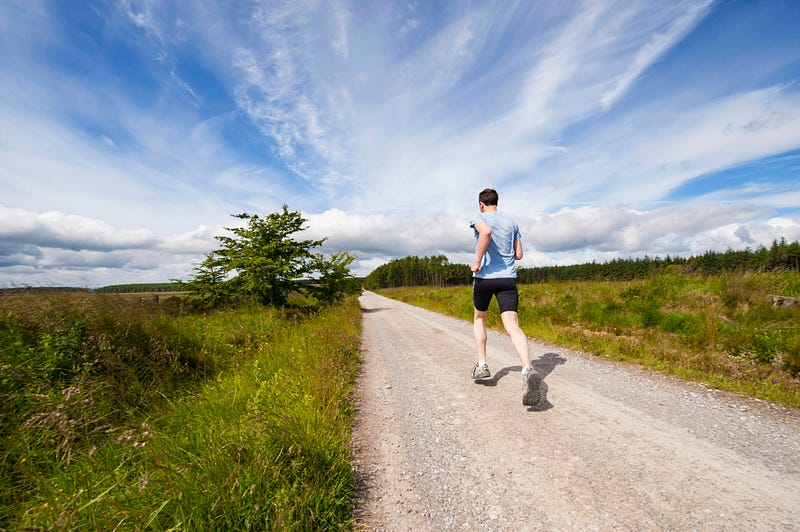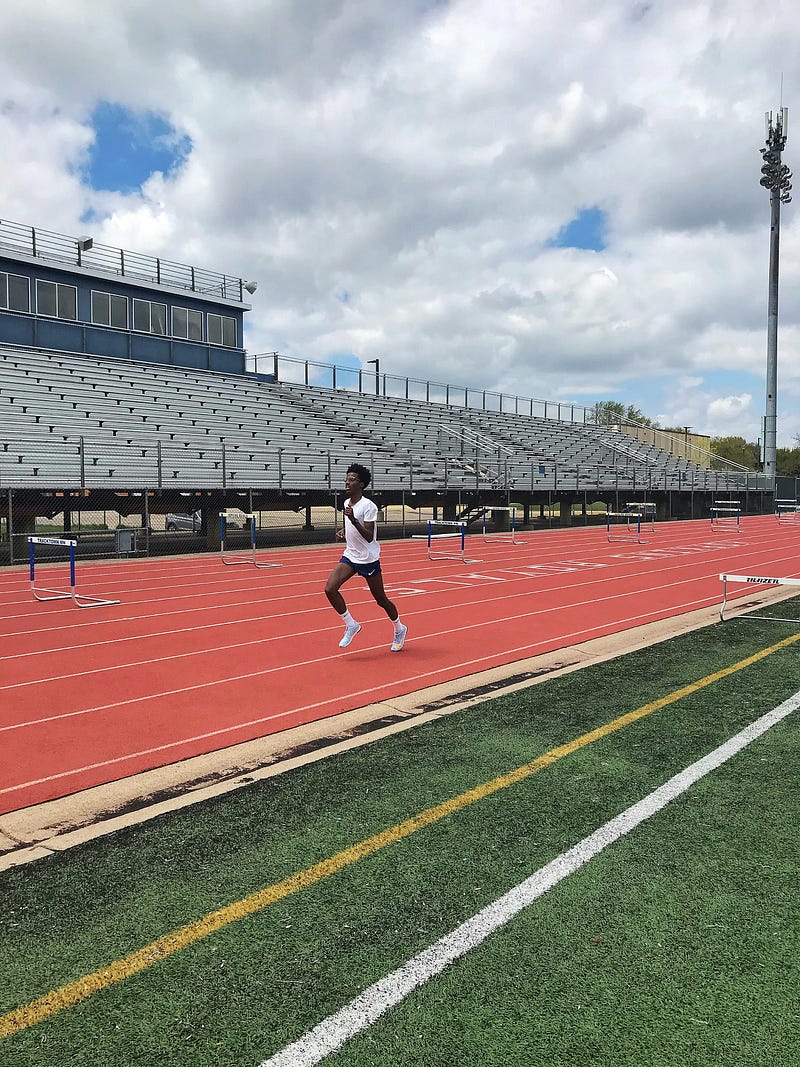Improving Health and Combatting Aging Through Sprinting
Written on
The Impact of Sprinting on Health and Aging
Recent discussions have surfaced online suggesting that many individuals cease sprinting after reaching the age of thirty. Whether or not this claim holds true, it raises an important issue, especially given the rising prevalence of diseases, weight management challenges, hormonal imbalances, and mental health struggles in our society. Addressing the adverse effects of widespread physical inactivity is a pressing public health concern today.
In my recent explorations, I've developed a keen interest in how physical activity influences hormone levels, particularly testosterone and growth hormone, which tend to decline as we age. Sprinting, a form of high-intensity exercise, has been shown to boost both testosterone and growth hormone levels, even past the age of thirty.
The Role of Hormones in Well-Being
Testosterone, while often associated with men, is vital for both genders. It significantly influences muscle development, fat distribution, mood stability, libido, and overall energy. On the other hand, growth hormone, commonly referred to as Human Growth Hormone (HGH), plays a critical role in cell regeneration and the upkeep of healthy tissues, including muscles and bones. Maintaining adequate levels of both hormones is crucial for overall health, vitality, and athletic performance.
Research indicates that short, intense sprints are more effective in elevating hormone levels than longer, less intense running sessions. This suggests that sprinting may serve as a beneficial exercise for promoting health and supporting healthy aging by enhancing hormonal levels that typically decline with age, as well as improving tissue strength, Type-2 muscle fiber function, and the nervous system's ability to generate quick, powerful movements. Consequently, sprinting could be a key component in the fight against aging and in enhancing physical performance.
Getting Started with Sprinting
If you're considering resuming sprinting, it's essential to approach it with care and gradually. A common pitfall is to ramp up the volume, intensity, or frequency too quickly, especially if your body is not accustomed to such exertion. Additionally, neglecting a proper warm-up can pose risks, as aging muscles, tendons, and joints require more time to prepare for intense activities. Failing to warm up adequately may lead to injuries or hinder your peak performance during sprint training.
Listening to your body is crucial since sprinting is highly demanding. Overdoing it without sufficient recovery can elevate injury risks and impede your performance gains.
For most people, sprinting at maximum effort once or twice weekly is adequate, as the body needs up to 72 hours to recover after reaching 95–100% of its maximum intensity, even among elite athletes. Individual training tolerance varies based on training history and genetic factors.
A good starting point for newcomers to sprinting is to incorporate it into the beginning of a strength training session, ensuring a thorough warm-up beforehand. Look for a safe environment to reach top speed, such as using an Assault Air Runner at the gym.
The progression should begin with four sprints in a single session: start at 70% of your maximum intensity, allowing full recovery between sets. Gradually increase to 80%, then 90%, and finally, a single all-out effort at 100% intensity.
For those more experienced in sprint training or ex-team sport athletes aiming to refine their sprinting capabilities, careful planning of sprint volumes and intensities for each session and extended training periods is essential. Seeking guidance from a professional coach is highly advisable.
As I face the physical and physiological changes that come with aging, including reductions in muscle mass, strength, and hormonal levels, I've turned to sprinting to maintain my health and athleticism. As I age, my goal is to preserve as much of my physical prowess as possible, as sprinting allows me to experience freedom of movement and a sense of youthfulness.
If you have the ability to sprint, it might be worth considering adding it to your routine.


